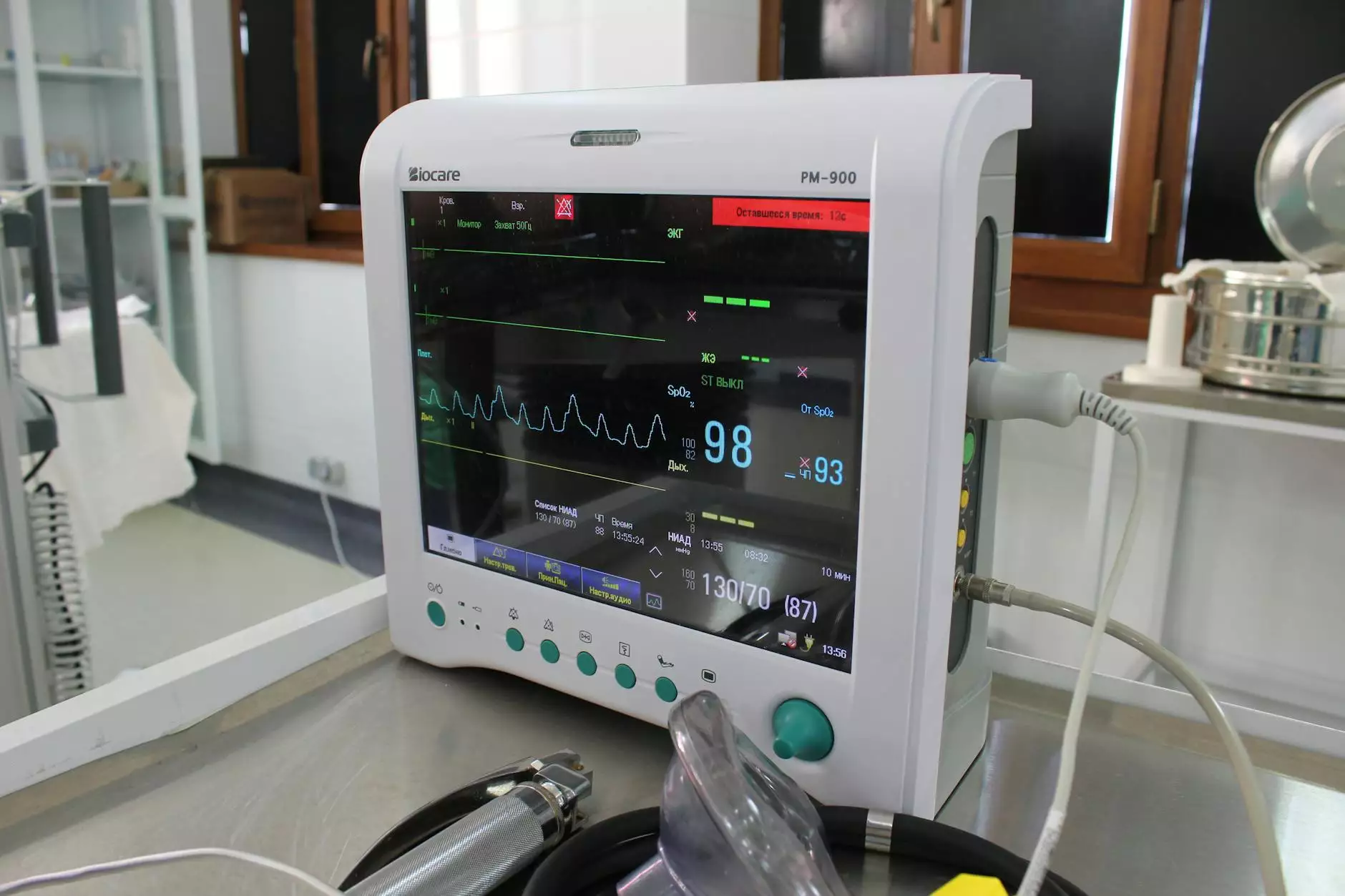Understanding the Spirometry Test Procedure: A Comprehensive Guide

What is Spirometry?
Spirometry is a common pulmonary function test that measures how much air you can inhale and exhale, as well as how quickly you can exhale. It is essential for diagnosing and monitoring various respiratory conditions like asthma, chronic obstructive pulmonary disease (COPD), and other lung diseases. The spirometry test procedure is simple yet vital for assessing lung function, making it a cornerstone of respiratory healthcare.
Importance of Spirometry Tests
The significance of spirometry tests cannot be overstated. They are crucial for:
- Diagnosis: Identifying respiratory conditions early.
- Monitoring: Tracking the progression of lung diseases.
- Management: Helping in the formulation of effective treatment plans.
Regular spirometry testing can lead to better management of respiratory disorders, improving overall health outcomes for patients.
Preparing for a Spirometry Test
Proper preparation is key to obtaining accurate results from the spirometry test procedure. Here are several preparation steps that patients should follow:
- Avoid Heavy Meals: Do not eat large meals 2 hours before the test.
- Medications: Consult your doctor about any medications, particularly bronchodilators, and follow their instructions regarding usage before the test.
- Exercise: Avoid strenuous exercise 30 minutes before the test.
- Clothing: Wear loose-fitting clothes to ensure ease of breathing.
Following these guidelines helps ensure that the spirometry test results are as accurate and reliable as possible.
The Spirometry Test Procedure: Step-by-Step
Now, let us break down the spirometry test procedure into clear steps to better understand what to expect during the test.
Step 1: Initial Consultation
Before the test begins, patients will have a brief consultation with a healthcare professional. During this session, you will discuss your symptoms, medical history, and any medications you are currently on. This information is crucial for interpreting the spirometry results accurately.
Step 2: Testing Environment
The spirometry test is typically conducted in a medical center under controlled conditions. The room should be quiet, with minimal distractions, allowing the patient to focus on the test.
Step 3: Proper Positioning
Patients are often seated for the test. The technician may provide instructions on how to sit upright to ensure optimal lung expansion.
Step 4: Use of the Spirometer
A spirometer is a small device that measures the volume and speed of air inhaled and exhaled. The following points highlight how the spirometer works:
- The patient will be instructed to take a deep breath and then exhale forcefully into the spirometer's mouthpiece.
- It is important to perform the test correctly, which minimizes the chance of errors in results.
- The test will be repeated several times to ensure consistent measurements.
Step 5: Understanding the Measurements
During the spirometry test procedure, several key metrics will be measured:
- Forced Vital Capacity (FVC): The total volume of air that can be forcibly exhaled after taking a deep breath.
- Forced Expiratory Volume in 1 second (FEV1): The amount of air exhaled in the first second of the FVC maneuver.
- FEV1/FVC ratio: A critical ratio indicating lung health; decreased values could signal obstructive lung disorders.
Step 6: Post-Test Assessment
After the test is complete, results will be analyzed by a healthcare provider. They will consider:
- Your age, gender, and height to determine normal values.
- Comparative analysis between your results and standard benchmarks.
- Follow-up diagnosis, if necessary, based on the obtained results.
Interpreting Spirometry Results
Understanding spirometry test results can be complex, but it is essential for leveraging this information for optimal health outcomes. Here’s what patients should know:
Normal vs. Abnormal Results
The interpretation of spirometry results typically follows these guidelines:
- Normal Results: Indicative of healthy lung function.
- Reduced FEV1/FVC Ratio: May suggest obstructive airway disease.
- Reduced FVC: Can indicate restrictive lung disease.
- Bronchodilator Response: A significant increase in FEV1 post-bronchodilator may indicate reversible airway obstruction.
Benefits of Regular Spirometry Testing
Regular spirometry testing offers several benefits, such as:
- Early Detection: Identifying respiratory issues before they become severe.
- Enhanced Monitoring: Allowing continuous tracking of chronic conditions such as asthma and COPD.
- Informed Decisions: Helping healthcare professionals make more accurate treatment recommendations.
- Improved Patient Education: Empowering patients by providing them with knowledge about their lung health.
Conclusion
Understanding the spirometry test procedure is essential for anyone experiencing respiratory issues. By knowing what to expect during the test, how to prepare, and understanding the results, patients can take proactive steps toward enhancing their lung health. Regular spirometry testing provides crucial insights into lung function, enabling more effective management of respiratory conditions.
If you have concerns about your respiratory health or need to undergo a spirometry test, do not hesitate to consult with a qualified healthcare provider. Invest in your health today by prioritizing lung function assessments!
For more information, visit Star Medical.









